
In a city full of construction sites, concrete walls tucked around a corner not visible from the street are a haven for graffiti artists. You have to go looking for them.
Maybe you just recently bought your camera, or maybe you got it a while ago. But has it been sitting on a shelf for a few months? Perhaps you have been shooting for a while but have just run out of enthusiasm? Feel like you are stuck in a rut? Like you should change it up a bit but don’t quite know how?
Or maybe you are just so overwhelmed with possibilities and potential that you are paralyzed with the indecision of what to try first?

Glorious spring cherry blossoms. So many shades of pink.
Inspiration is everywhere
Sometimes it’s a matter of opening your eyes and seeing the world in a different way. Perhaps you need to let go of the fear of trying something new. Lack of equipment can sometimes be an excuse. Difficulty or the cost of travel is another factor that can hold people back.
Trying new things can be scary, especially if you are new to photography and uncertain about how your images will turn out. So let me tell you one really important thing;
It doesn’t matter if you don’t get it right the first time.
Or even the twentieth time, though you might prefer to move on to something new at that point.
What is the worst that could happen if you try street photography? Pick some flowers and have a go with macro photography? Try to capture an awesome sunrise?

One of the best sunsets I have ever seen, absolutely stunning. Probably my 127th sunset shot, and worth the effort of the previous 126.
Kickstart your inspiration
Here are a few tips to help you kickstart your inspiration:
- Actually get out there with your camera. Get your bum off the sofa, camera in hand, out the door in any direction. Make time for your hobby. Do it regularly. Give yourself permission to go out and shoot.
- Go somewhere different than your usual places. Sit near a busy cafe. Take a walk in a nature reserve. Explore the sand dunes at the beach. Find a stream or river where birds are active.
- Once you get to your new place, find a good spot and then just sit for five to 10 minutes. Immerse yourself in the sound of the place (yes take the headphones ooff). Watch the activity around you, see where the light and shadows fall, what textures are nearby. Be present and soon you will see all sorts of opportunities for images.
- Be brave and attend events with your camera. Sports events, local festivals, markets, concerts, fairs, car rallies, agricultural shows – the list goes on and on of places you can go for minimal cost. There are people dressed up, doing interesting things, lots of different stuff to see and photograph. Walk around, watch the people, see the patterns, spot the areas of activity. Hover at the edges if that makes you more comfortable.

First time at Roller Derby – the lighting was awful so I decided to experiment with slower shutter speeds for fun.
- See the small details via macro photography. Good macro lenses are expensive, so see if you can borrow or rent one to see if that is your thing. Macro or close-up filters are a cost effective option to get you started. Look inside your pantry or fridge. See what is flowering in the garden. Setup a small studio with your tripod, a table and some natural window light and experiment.

Take time to see the small interesting details – this is an old cash register.
- Learn to see in black and white. Look for contrast, texture, shapes, and lines. Try to see the image without color. At the beginning, this will be really hard, but eventually, you will start to see the core compositional elements that make for a good black and white image.

It was lightly raining as I took this image. The light was flat and dull, but I knew the sky would look fabulous once processed into black and white.
- Start a photography project. There are lots of 365 Day or 52 Week Challenges around – some with themes and some just to encourage you to shoot regularly. Try one of them or develop your own project idea.
- Work with props. Taking straight portraits can be really challenging. Getting people to relax and smile naturally is hard. Instead, give them something to interact with and take their mind off the camera. A ball, or a hat. Perhaps a pretty shawl or wrap. A book or a bunch of flowers. Be creative, make it fun and light hearted.

Three ladies that I ran across and asked to pose in front of these blue statement walls. They did their own posing with no prompting from me.
- Go out at nighttime. So many new possibilities – light painting, astrophotography, star trails, auroras, steel wool, light trails, fireworks or even kids sparklers.
- Find a thing, anything, anywhere. Shoot it at different angles, in different kinds of light. Keep coming back and try and find a new and interesting way to capture the essence of a mundane everyday object.

Looks simple, try doing it backward in the dark within 30 seconds, ankle deep in snow with freezing feet running back and forth from the camera.
Endless possibilities exist
Landscapes, sunrise, sunset, wedding, portrait, boudoir, food, macro, street, dance, cats, astrophotography, waterfalls, compositing, fine art, black and white, weather, birds, architecture, events, underwater, travel, flowers, sports, product, photojournalism – all options for you to try.
The list goes on, that is just off the top of my head. There are still many more choices. Take any one of those words above, and break it down into smaller elements, and there are even more choices, for example; travel > people, places, food, color, culture, and experiences.

An installation at an outdoor art festival being constructed.
Develop a habit
Some of my best work came after completing a 21-day creativity course. On day five I was to “Allocate a 15-minute time-slot to shoot anything”. The idea is that when you tell yourself it will only take 15 minutes, then you are much more likely to make the time to do it. Of course, it always took much longer, but because the effort is made to get started, suddenly it becomes fun. It doesn’t matter that it actually ends up being an hour instead.
Maybe you have kids to feed, bathe, and wrangle into bed so you feel like you cannot take the time. Instead of sitting down to Facebook or watch TV when you do have time, go get your camera instead. Talk to your family and friends, let them know it is important to you. Ask them to help – maybe they will be a model for you? Maybe they have a cool prop you could borrow?

Attendees at a local Zombie Run kindly agreed to lurch for me.
What makes you happy?
Where is your happy place? Is it a library? A cup of coffee at your favorite cafe? Is it down at the beach? At the park with the kids? Walking the dog? Playing a sport?
What could be better than doing your favorite thing and taking the camera along to record the experience? Kids playing in the autumn leaves, or about to push off down the slide. Your dog fetching a stick or racing along the beach. Steam rising off a cappuccino with a cupcake on the side. Frost patterns on a morning walk. Sunset setting the sky on fire. The smell of a new book. What’s your thing?

It’s not my thing, but street photography is hugely popular.
Learn to let it go
Don’t try too hard. Have your camera handy but take the time to be in the moment too. Genuine emotions and responses are far more compelling than a contrived situation. Learn to be patient and wait for the right moment. Sometimes just put your camera aside and let it go. Not every day will give you a keeper, or even a reason to shoot. But you can guarantee that the best shooting opportunities will be the ones that happen when you leave your camera behind.
So in some circumstances, it may be more appropriate to be present, and leave the camera at home. It might be culturally insensitive or just plain rude. It could be more fun to enjoy being part of the event, rather than shooting from the sidelines as often happens with photographers.

A gorgeous art graffiti piece with the foundation for a building about to be built immediately in front of it. Taken on a step stool bought from home so I could shoot over the security fence.
Research
My favourite place for inspiration is Pinterest. I have boards dedicated to food, still life, fine art, Gothic, the macabre and pinup photography. All these things that have inspired me one way or another. Some are there to remind me to try a new thing. Others are there to remind me to keep experimenting with a style that is still new and experimental. Some are just fantastic images that delight me.
Instagram is another source of wonderful images. Both are places you can search for reasonably specific concepts and find images to match. It is also easy to curate your feed for both, so that you get a regular supply of stuff that may inspire you.
Facebook has many groups dedicated to specific photography styles. As well as a good source of image inspiration you can also ask questions or ask for advice. Asking someone how they achieved a certain image can be a simple way of making your learning easier. Many people are often only to happy to help. Quite a few will even have blogged about the image with some backstory around how it was created.
Art galleries, museums, books on the grand masters of painting or photography are all available for viewing – many of them online.

A local steampunk lady agreed to pose for me in exchange for an image.
Summary
It can be easy to fall into the same old habits, sticking to one particular style or technique. Making the effort to change that is difficult. Overcoming inertia and breaking out of your comfort zone is hard.
Yet if you keep doing the same things, you will keep getting the same images, the same results. Eventually boredom will set in, causing you to put the camera aside.
My challenge to you is to instead, pick up the camera, open your eyes and give yourself a chance to truly see the world around you. Once you do that, limitless possibilities will become apparent, and your inspiration will be everywhere.

A light festival held in mid-winter. It was bitterly cold, but I had so much fun I went back the second night to catch all the things missed first time round.
Still, don’t try to do it all at once either, as creative fatigue and burnout can result. Learn to pace yourself. Break it down into manageable chunks, learn one thing and move on to the next. Some things will have more resonance and stay with you for longer. Others will not click with your style at all.
Conclusion
It’s possible that you could find your niche and want to stick with one particular style. If so, then congratulations on finding your happy place. But keep in mind, even when you are in that zone, there are still ways to explore it, try different points of view, and push your boundaries.
In Big Magic, Elizabeth Gilbert writes about her theory that ideas are constantly swirling around us. But unless we are in a receptive state of mind, they will fail to find purchase:
“But sometimes – rarely, but magnificently – there comes a day when you’re open and relaxed enough to actually receive something. Your defenses might slacken and your anxieties ease, and then magic can slip through. The idea, sensing your openness, will start to do its work on you. It will send the universal physical and emotional signals of inspiration (the chills up the arm, the hair standing on the back of the neck) (…)”
Inspiration is anywhere and everywhere, we just need to make ourselves open for our muse to find us.
The post How to Find Inspiration for Your Photography When Your Muse is Missing by Stacey Hill appeared first on Digital Photography School.

Digital Photography School























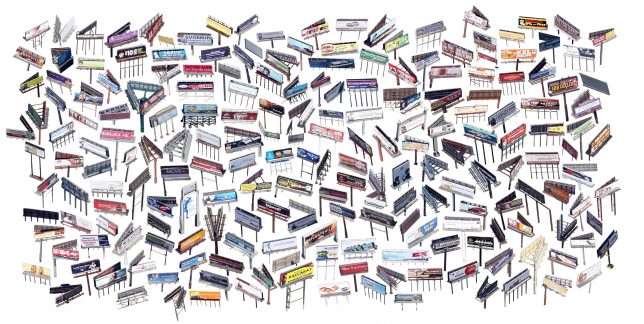
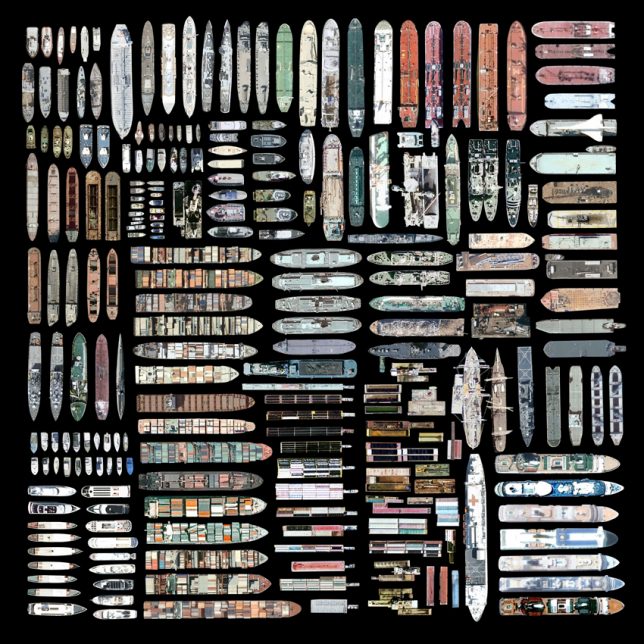

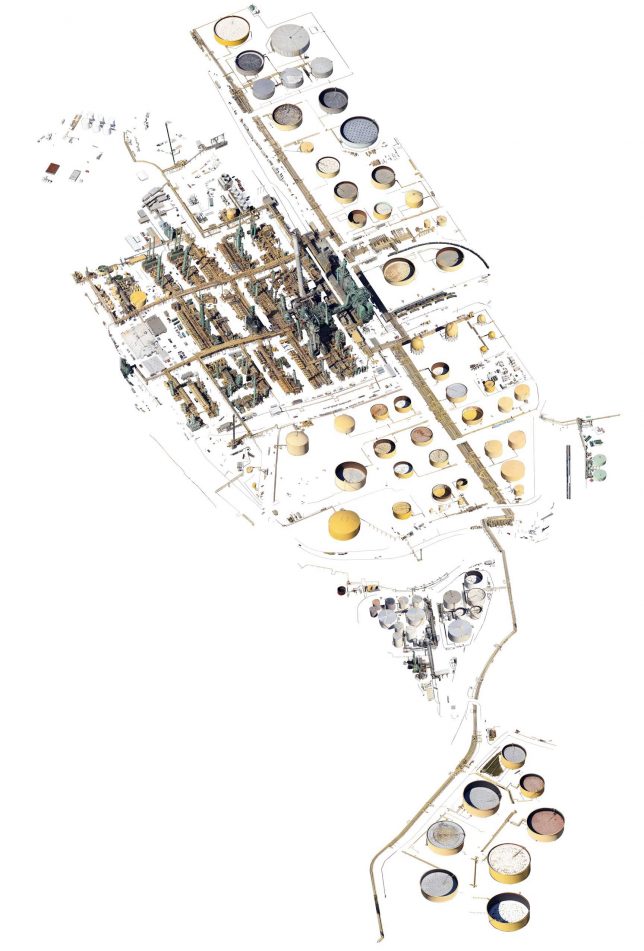
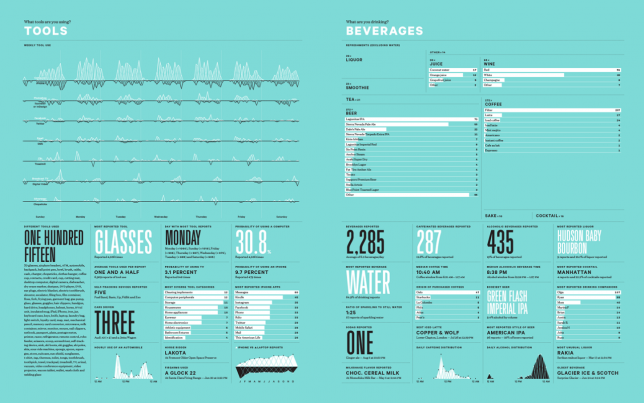
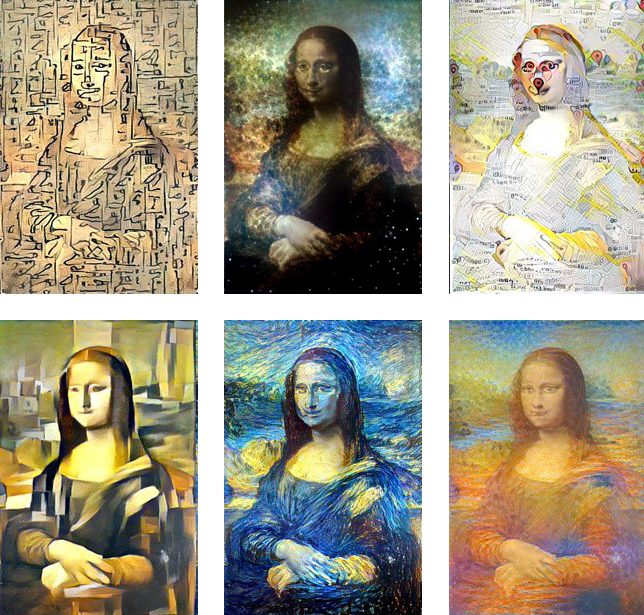
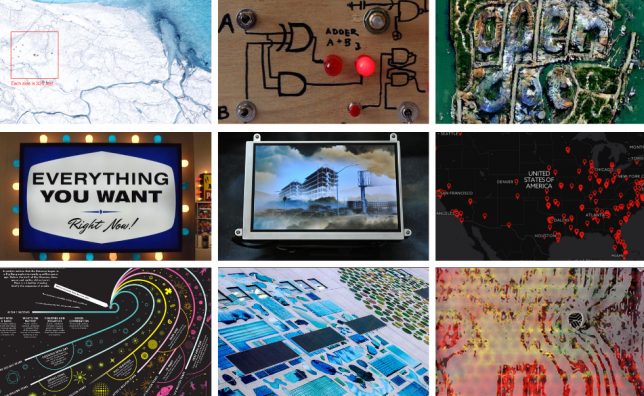
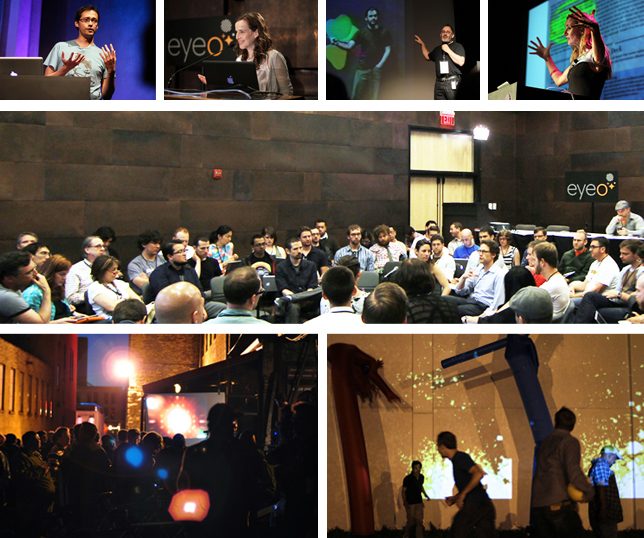




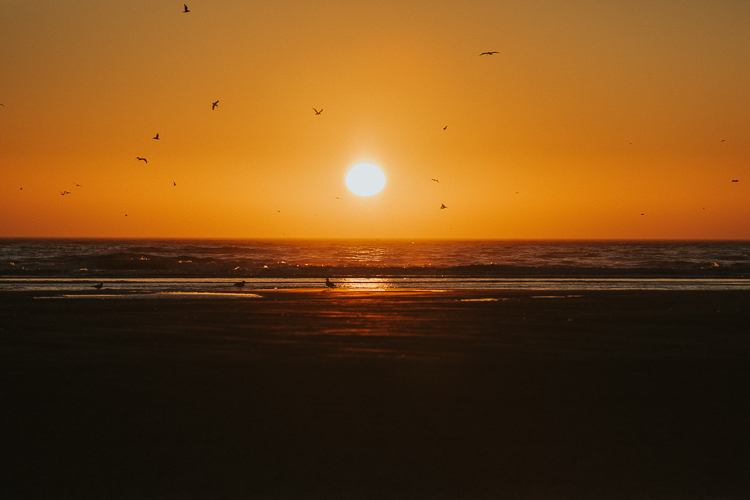

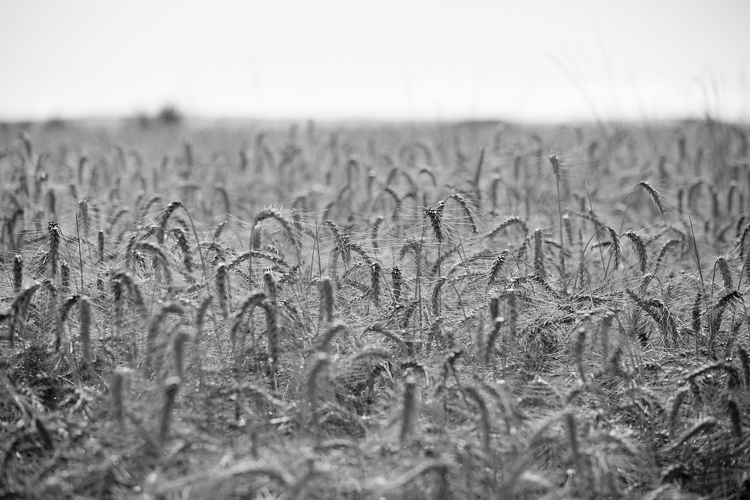
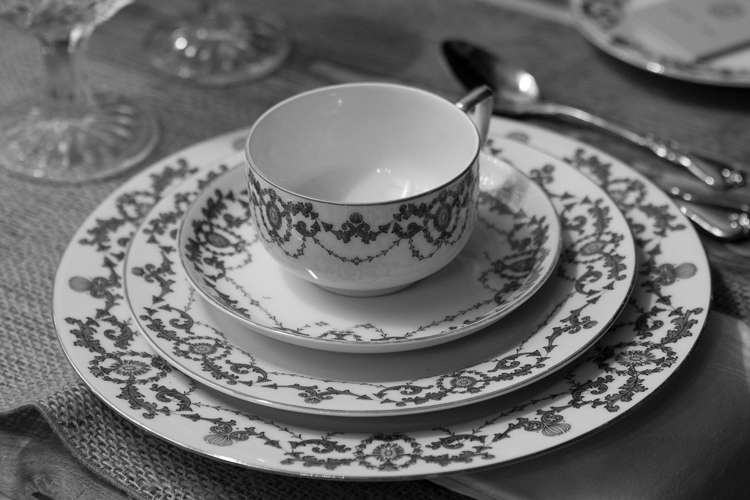
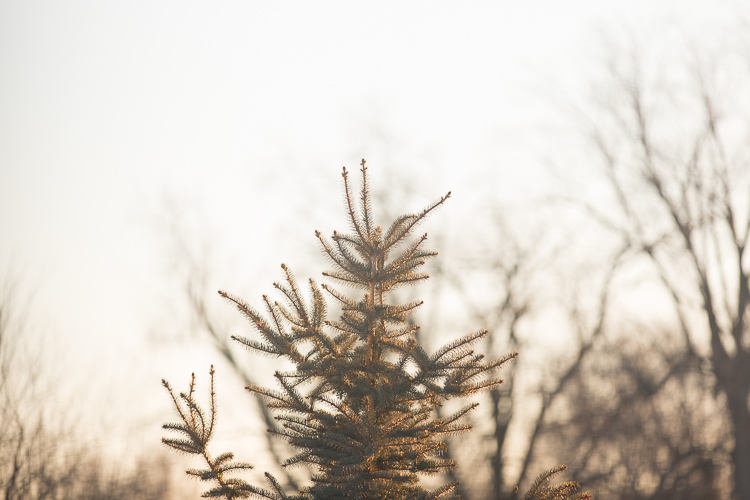
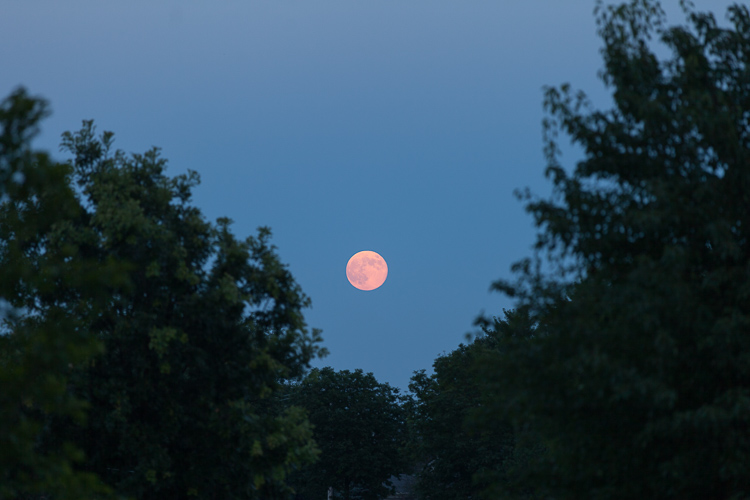
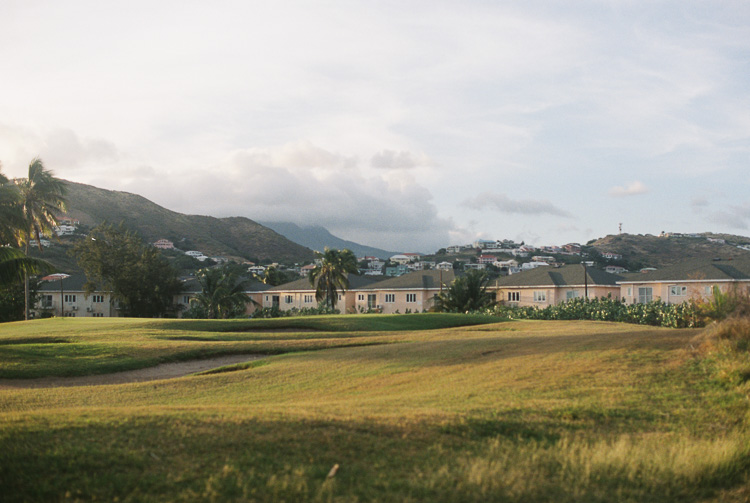



 Concept To Creation: Turn Inspiration Into Concept
Concept To Creation: Turn Inspiration Into Concept Concept To Creation: How Professional Photographers Do It
Concept To Creation: How Professional Photographers Do It Concept To Creation: Editorial Versus Campaign
Concept To Creation: Editorial Versus Campaign Learnings Of A Model With Sarah DeAnna
Learnings Of A Model With Sarah DeAnna Sarah DeAnna On Working With Photographers
Sarah DeAnna On Working With Photographers Second Skin With Alana Tyler Slutsky
Second Skin With Alana Tyler Slutsky Reaching Out To Modeling Agencies
Reaching Out To Modeling Agencies Learn From The Masters: Muybridge To Witkin
Learn From The Masters: Muybridge To Witkin Concept To Creation: Finding Inspiration
Concept To Creation: Finding Inspiration Photographing UV Paints With Linh Le
Photographing UV Paints With Linh Le Tips For Working with Agency Models
Tips For Working with Agency Models Painted Ladies With Alana Tyler Slutsky
Painted Ladies With Alana Tyler Slutsky
You must be logged in to post a comment.